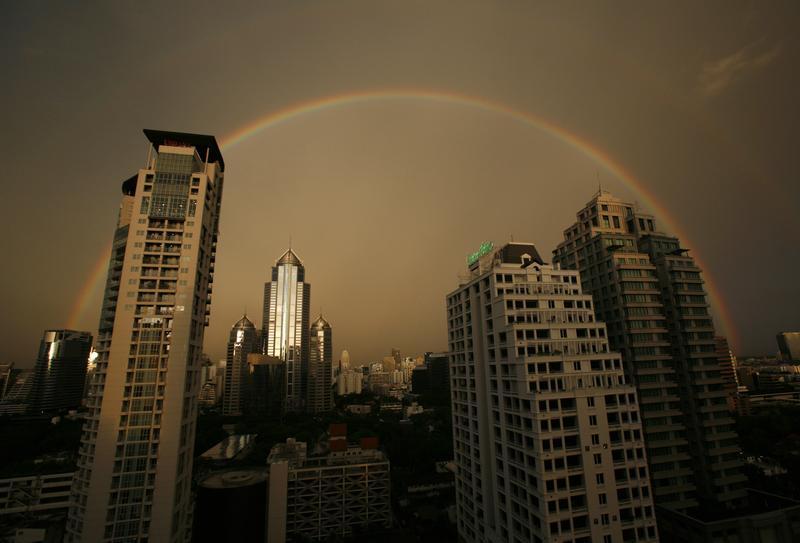Skift Take
Everyone's looking at China and Middle East as top two sources for rapid growth tourism sources, but fewer are looking at oil-rich growth countries like Ukraine, Kazakhstan and Uzbekistan.
Thailand’s tourism industry should not overlook unexplored potential in Eastern Europe, Central Asia and the Middle East if it hopes to meet its revenue target of 2 trillion baht by 2015.
Besides Russia, whose citizens have become big travellers to Thailand, Ukraine, Kazakhstan and Uzbekistan are three rising stars listed by the Tourism Authority of Thailand (TAT).
It said these countries could help to offset declining tourism from European states beset by slowing economies.
Thailand has been successful in attracting tourists from Russia in recent years, with the number of tourist arrivals from that country rising by 24% to 1.31 million last year.
In the first four months of this year, the figure was up by nearly 30% year-on-year at 733,437 visitors.
Sergey Jetpyspayev, a project manager at Travellab in Kazakhstan, said the value, hospitality and services of Thailand are well known among Kazakh travellers.
Transport between the two countries is also convenient thanks to daily flights from Almaty to Bangkok and charter flights during the winter season.
Kazakhstan has a population of 17 million, and the number of outbound tourists is estimated at 1.5 million a year. The number of outbound visitors is growing in line with the economy, said Mr Jetpyspayev.
“In Southeast Asia, Thailand is the most popular destination among Kazakh tourists. Pattaya, Phuket, Koh Samui and Krabi are booming now,” he said.
Spa, wedding and honeymoon packages are promising, as an estimated 20% of Kazakh visitors are women.
From Kazakhstan alone, the number of tourist arrivals was 52,000 last year and is seen rising to 60,000 this year.
The average price of a package tour is estimated at US$3,000 for two people.
Mr Jetpyspayev said 15% of Kazakh visitors are wealthy, with 80% of these preferring to stay in four- or five-star hotels and 20% in three-star hotels.
In the Middle East, the TAT is looking for new markets among the Gulf Cooperation Council (GCC) now that traditional channels such as the UAE have become saturated.
Chalermsak Suranant, director of the TAT’s Dubai and Middle East office, sees potential in Oman, Qatar, Saudi Arabia and Jordan.
Their markets for Thai tourism are still small, but annual growth is estimated at 20-30%, he said.
“We highlight medical tourism as a key product for GCC markets, as they are confident in Thailand’s treatment standards and prices are very attractive,” said Mr Chalermsak.
The TAT also plans to boost the number of visitors from Lebanon and Egypt, where Thailand’s tourism image is positive.
“They like Thailand because of the shopping and they can have a meal around the clock,” said the TAT official.
“Therefore, we will seriously promote Bangkok and Pattaya in these countries.”
The Daily Newsletter
Our daily coverage of the global travel industry. Written by editors and analysts from across Skift’s brands.
Have a confidential tip for Skift? Get in touch
Tags: thailand
Photo credit: A rainbow arches over Bangkok's skyline after a rain storm on May 27, 2007 in this file photo. Adrees Latif / Reuters
